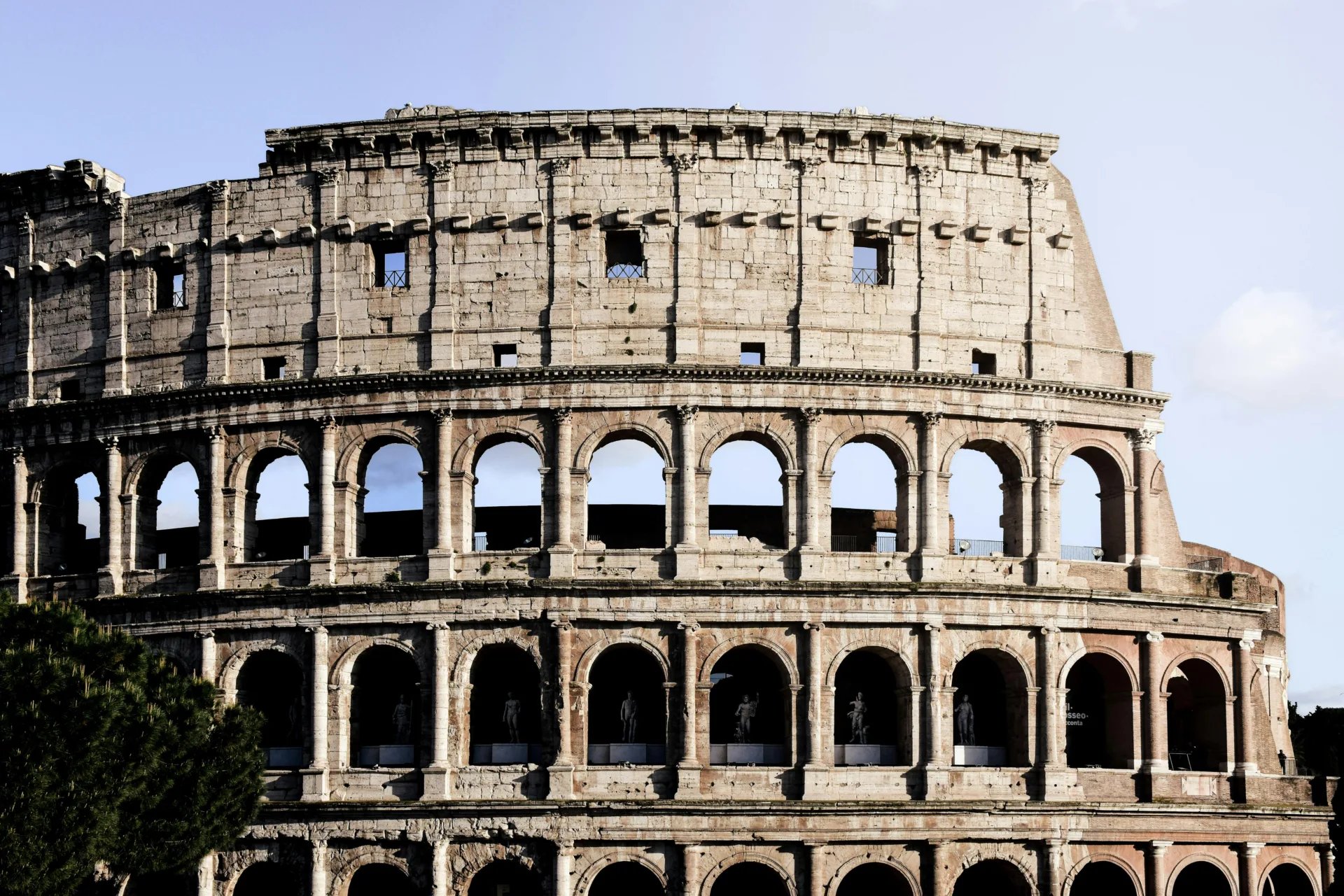The Colosseum: An Icon of Ancient Engineering and a New Wonder of the World
The Colosseum, located in the heart of Rome, Italy, is one of the most remarkable architectural feats of the ancient world. Recently, it was honoured in a global poll as one of the New Seven Wonders of the World, a testament to its enduring cultural significance and awe-inspiring history.
A Glimpse into Ancient Rome
Built nearly 2,000 years ago, between 70-80 AD, the Colosseum was originally known as the Flavian Amphitheatre. It served as a grand arena where gladiators battled, wild animals were hunted, and public spectacles entertained thousands of Romans. With a capacity of over 50,000 spectators, it was a centrepiece of Roman social life and an embodiment of the empire’s architectural prowess.
Architectural Marvel
The Colosseum’s design is a masterpiece of engineering. Built mainly from concrete and stone, it has a complex system of vaults and arches. This design provides great strength and flexibility. Its elliptical shape offers clear views from every seat. Beneath, the hypogeum—an underground tunnel network, held gladiators, animals, and stage machinery. This allowed for elaborate and exciting performances.
The amphitheatre’s facade is a stunning display of Roman innovation, with three levels of arches decorated by columns in the Doric, Ionic, and Corinthian styles. The structure’s enduring presence, despite earthquakes and stone robbers over centuries, speaks volumes about Roman building techniques.
Why the Colosseum Made the List
The New Seven Wonders of the World poll recognised monuments that symbolise human creativity, cultural heritage, and historical impact. The Colosseum stands out not only for its size and grandeur but also for its role in shaping entertainment, architecture, and tourism. It remains one of the most visited landmarks globally, attracting millions who come to witness its grandeur and imagine the spectacles once held there.
Preserving a Legacy
Efforts to preserve and restore the Colosseum continue to this day. It is a UNESCO World Heritage Site and a powerful symbol of Rome’s rich past. By celebrating the Colosseum as one of the New Seven Wonders of the World, the global community acknowledges the timeless legacy of ancient Rome and the lasting influence of its architectural and cultural achievements.
Visiting the Colosseum offers a unique window into history—a place where stories of bravery, spectacle, and innovation continue to inspire generations around the world.
Also read –
Christ the Redeemer
5 Reasons to Visit Turin, Italy
Also, visit –
Need Help With Your Australian Visa
Get the Latest Music News & Entertainment

